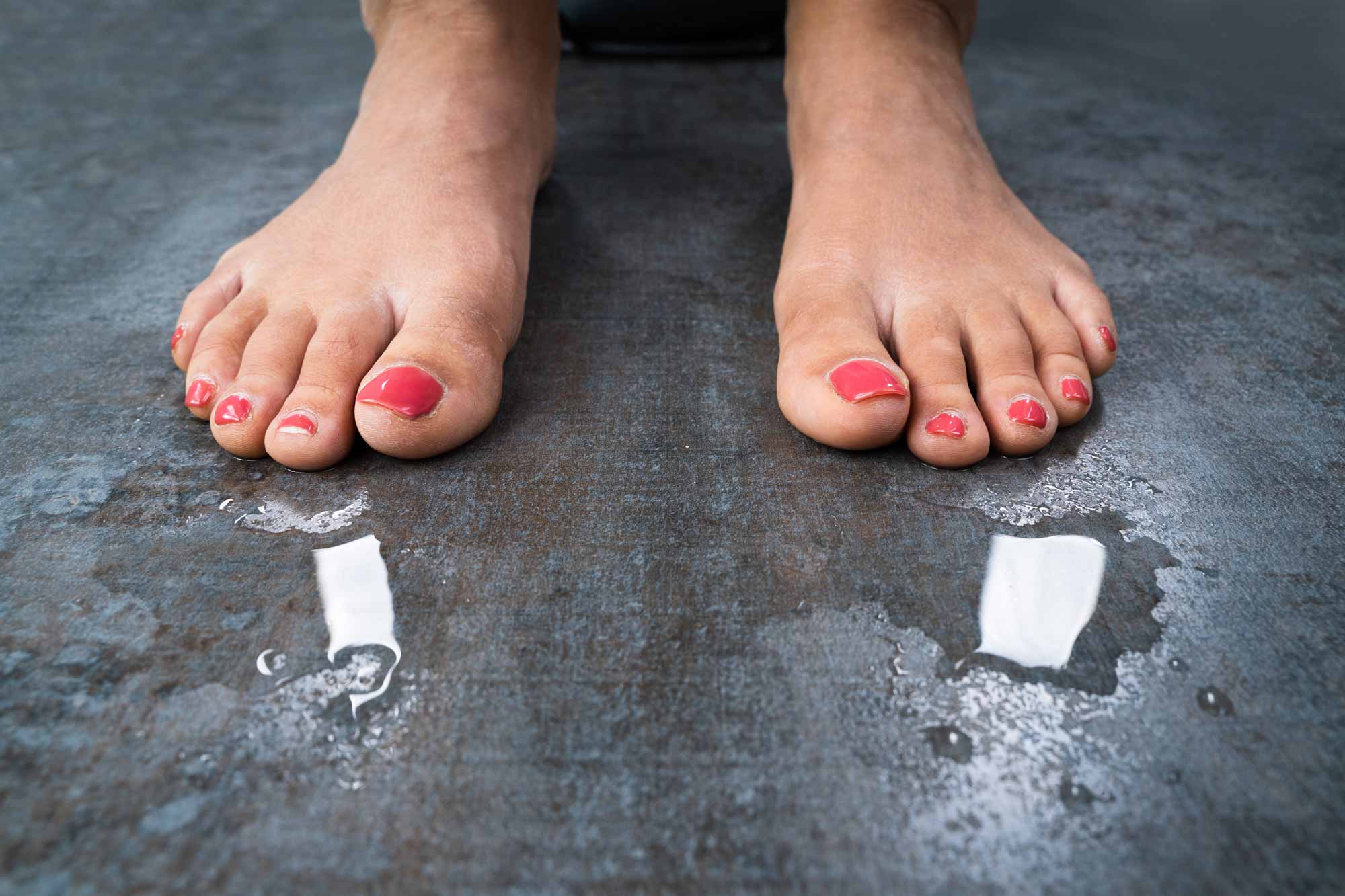How to Stop Sweaty Hands and Feet: Top Dermatology Treatments for Excessive Sweating
How to Stop Sweaty Hands and Feet: Top Dermatology Treatments for Excessive Sweating
Blog Article
Introducing the Intricacies of Excessive Sweating: A Comprehensive Overview to Diagnosis and Administration
Excessive sweating, clinically recognized as hyperhidrosis, is a problem that impacts a substantial number of people and can have an extensive effect on their high quality of life. While sweating is an all-natural physical function, its overactivity in hyperhidrosis provides a distinct set of challenges that frequently go beyond mere pain.

Understanding Hyperhidrosis Causes
Hyperhidrosis triggers can be credited to various factors such as genes, hormone discrepancies, and specific medical conditions. Genes play a substantial function in primary focal hyperhidrosis, where individuals acquire the problem from their household participants. This kind of hyperhidrosis often materializes in specific areas like the hands, soles of the feet, underarms, and face. Hormonal discrepancies, especially an overactive thyroid gland or menopausal changes, can additionally activate excessive sweating. Additionally, particular medical problems such as diabetic issues, cardiovascular disease, and infections can lead to second generalized hyperhidrosis. These underlying wellness problems can disrupt the body's all-natural cooling system, creating the sweat glands to come to be overactive. Recognizing the source of hyperhidrosis is vital in detecting and successfully managing this problem. By identifying the certain factors adding to excessive sweating, health care service providers can customize treatment strategies to address the underlying cause, supplying relief and boosting the quality of life for individuals influenced by hyperhidrosis.
Recognizing Hyperhidrosis Effects

Furthermore, hyperhidrosis symptoms may manifest in psychological and social distress, as people may really feel humiliated or nervous about their sweating, leading to evasion of social circumstances (Treatment for hyperhydrosis of hands and feet). In addition, repeated episodes of too much sweating can lead to skin maceration, fungal infections, and an overall decline in self-confidence
Diagnostic Process for Hyperhidrosis
Starting the diagnostic procedure for extreme sweating involves complete examination of the individual's case history and health examination. Asking concerning the onset, period, and sets off of sweating episodes is critical to differentiate in between primary focal hyperhidrosis and second generalized hyperhidrosis. Clinical background ought to additionally include concerns about medicines, clinical conditions, and household background of hyperhidrosis.
During the physical exam, particular interest is paid to the locations affected by sweating. The doctor may analyze the extent of sweating, check for indicators of underlying conditions, and assess the effect of sweating on the person's lifestyle. Furthermore, particular tests like the gravimetric test, starch-iodine test, or skin conductance dimensions might be conducted to quantify the amount of sweat created.
Moreover, in instances where second hyperhidrosis is believed, added examinations such as blood examinations, pee examinations, and imaging researches might be advised to determine the underlying reason for extreme sweating. The diagnostic process aims to accurately identify the type and reason for hyperhidrosis to guide appropriate management strategies.
Therapy Alternatives for Hyperhidrosis
When resolving too much sweating, numerous therapy choices are available to reduce symptoms and improve the person's high quality of life. The treatment approach for hyperhidrosis depends on the extent of signs and symptoms and the individual's action to initial therapies.
Topical treatments, such as aluminum-based antiperspirants, are commonly suggested as the initial line of defense for managing light cases of hyperhidrosis. For people with much more extreme symptoms, dental medications like anticholinergics might be recommended to help reduce sweating.

Effective Management Strategies
To successfully handle hyperhidrosis, a detailed and personalized treatment plan tailored to the patient's specific demands and feedback to previous treatments is crucial. This strategy might integrate a combination of therapeutic approaches, including way of living alterations, topical therapies, oral medications, botulinum contaminant shots, iontophoresis, and in serious situations, surgical treatments like gland removal or sympathectomy. Lifestyle alterations such as putting on moisture-wicking clothes, using antiperspirants, and exercising stress-reducing strategies can match medical treatments. Topical antiperspirants including aluminum chloride are usually the first-line therapy, with stronger solutions offered for resistant instances. Oral medications like anticholinergics might be recommended for generalized hyperhidrosis. Botulinum contaminant injections work for focal hyperhidrosis, supplying short-term alleviation by blocking the launch of acetylcholine. Iontophoresis, entailing the use of a reduced electrical existing to decrease sweat gland task, can be useful for both palmoplantar and axillary hyperhidrosis. Surgical choices are commonly reserved for severe, refractory situations and call for cautious factor to consider of benefits and threats. A multidisciplinary method entailing dermatologists, key care doctors, and, if necessary, specialists, can optimize the administration of hyperhidrosis.
Final Thought
In verdict, hyperhidrosis is a problem defined by Bonuses excessive sweating, which can greatly impact a person's high quality of life. With appropriate diagnosis and monitoring approaches, individuals suffering from hyperhidrosis can locate relief and improve their general wellness.
Too much sweating, clinically recognized as hyperhidrosis, is a condition that affects a significant number of individuals and can have an extensive influence on their high quality of life. By identifying the details aspects contributing to excessive sweating, medical care suppliers can tailor therapy plans to address the underlying reason, providing alleviation and enhancing the quality of life for people web link affected by hyperhidrosis.
Hyperhidrosis, identified by extreme sweating past what is required for managing body temperature, can significantly affect an individual's high quality of life. Inquiring regarding the onset, period, and triggers of sweating imp source episodes is vital to distinguish in between primary focal hyperhidrosis and additional generalised hyperhidrosis. Sweaty hands treatment.In conclusion, hyperhidrosis is a condition identified by excessive sweating, which can substantially impact an individual's top quality of life
Report this page